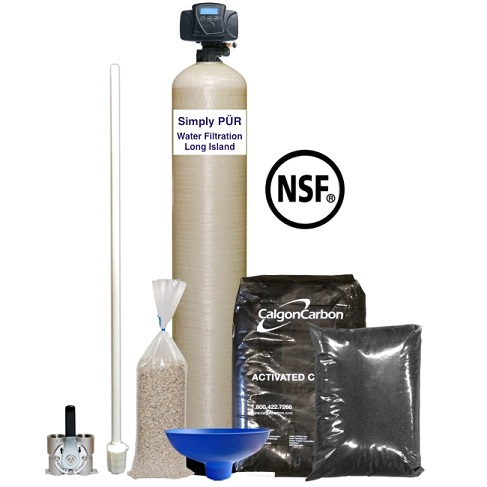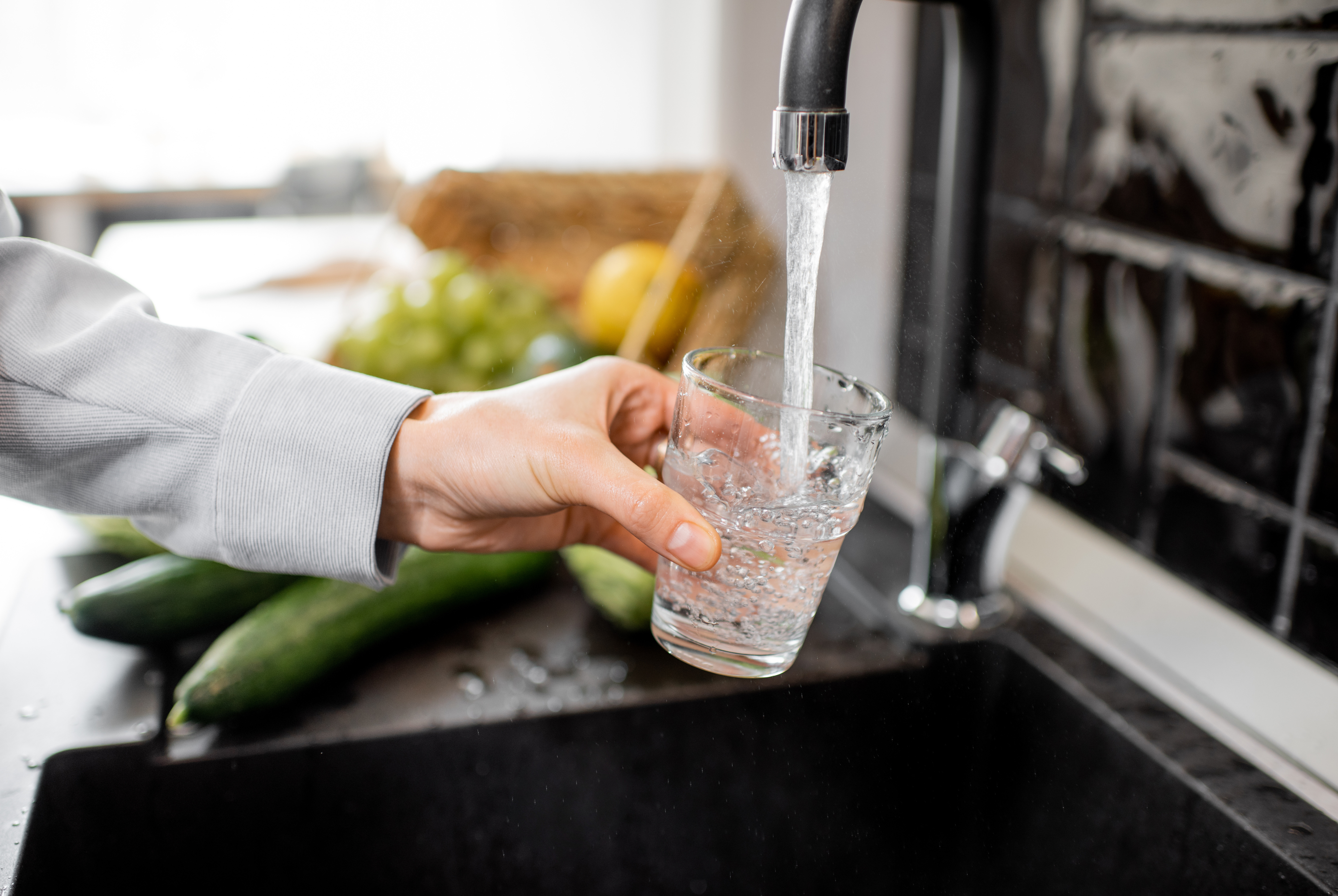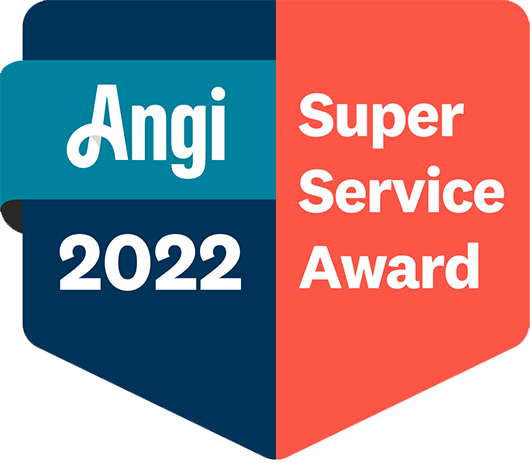Access to clean, safe drinking water is essential for every household. Long Island’s 2.8 million residents rely entirely on groundwater aquifers for their drinking water. These aquifers are highly susceptible to surface contamination, including nitrogen and PFAS, making protective measures and filtration systems crucial.
Why Should You Be Concerned About Long Island’s Water Quality
- Nitrogen Pollution. Nitrogen contamination in Long Island’s drinking water, primarily caused by agricultural fertilizers, cesspools, and wastewater systems, poses health risks and can lead to environmental harm. In addition, The Nature Conservancy discovered that the main cause of harmful algal blooms was nitrogen pollution from untreated sewage—specifically, on-site cesspools and septic systems installed in America’s first suburbs, throughout Long Island.
- PFAS/PFOAs. PFAS, known as “forever chemicals,” don’t break down naturally and can accumulate in the body over time. These chemicals have been linked to health issues such as cancer and liver damage.
- Saltwater Intrusion. Saltwater intrusion occurs when ocean saltwater leaks into underground freshwater aquifers, which local communities depend on as their main source of drinking water. The New York Times recently reported that this is already a growing concern in certain areas, which forces the communities to find alternative solutions (see more below) or water sources.
Signs You Have Water Problems in Your Home
- Unpleasant Taste. If your water tastes unusual—like a penny, swimming pool, or overgrown swamp—there might be contaminants at play. These “flavors” could indicate the presence of chlorine, copper, or decaying organic matter in your water supply.
- Unpleasant Smell. If your water or sink emits a foul odor, it could be due to water contamination. Sometimes it is difficult to pinpoint the source of the foul odor; it might be coming from your water, sink, pipes, or glassware. However, a water test will help you determine the reason behind the odor.
- Discoloration. Pure water is slightly blue-tinted; therefore, if you notice any yellow, brown, green, or red hues in your water, then this is a warning sign of water contamination. Discoloration arises from mineral deposits, decaying organic matter, or rust, signaling a potential need for a filtration system to restore water purity and safety.
- Stains. If your tap water leaves stains on your bathtub, laundry, or sink, it could be because of excess minerals or other contaminants in your tap water. These stains are easy to dismiss because they may not pose health risks, but they are indicators of poor water quality.
What Can You Do If You Notice These Signs?
To understand exactly what’s in your water, it’s important to have it tested regularly. Many Long Island residents don’t realize the risks lurking in their tap water until it’s too late. Routine testing can identify dangerous contaminants like lead, nitrates, or harmful bacteria. Once you know what’s in your water, you can choose the filtration system that best addresses your needs.
Simply PURE Water Filtration, Inc. is here to help, offering both free and paid water quality analyses to give you the best information about different contaminants lurking in Long Island water.
And when it comes to actually removing those contaminants, we have cutting-edge reverse osmosis technology. These systems are designed to effectively filter out nasty contaminants, ensuring that your water not only meets but exceeds safety standards. With Simply PURE Water Filtration, Inc., you can trust that your family is drinking clean, safe water right from your tap.
By taking these simple steps, you’ll not only improve your drinking water, but you’ll also make it more convenient, without needing to buy expensive bottled water on an ongoing basis! Follow us for more news on Long Island Water Quality, and don’t forget to request a water quality analysis today.
Sources
- Environmental Protection Agency. Per- and polyfluoroalkyl substances (PFAS) and drinking water. U.S. Environmental Protection Agency. Retrieved from https://www.epa.gov/pfas
- U.S. Geological Survey. Saltwater intrusion. U.S. Geological Survey.
- New York State Department of Health. Drinking water quality in New York State.
- New York State Department of Environmental Conservation. Long Island Nitrogen Action Plan: Factsheet.
- New York Times Article (2024): “Long Island’s Drinking Water at Risk from Saltwater”
- U.S. Geological Survey. Water color: The science behind water’s hues.
About Simply PURE Water Filtration Services
Living in and serving the Long Island community, we strive to make sure everyone has access to clean, healthy water. We have the experience, knowledge, and industry-leading technology to provide clean water solutions for water impurities, contaminants, hard water, bad tasting/odors, well water, acidity & pH regulations.
Proud members of the WQA (Water Quality Association), and the EWQA (Eastern Water Quality Association), we adhere to strict guidelines and the WQA code of ethics. As a Pentair True Blue Partner and Authorized Distributor of Pentair Products, there’s nothing comparable to the performance, and efficiency of our whole house purification systems, water softeners, neutralizers, whole-house filters, and alkaline reverse osmosis systems for drinking in the convenience of your home.


Our products are all NSF / ANSI certified, meeting the highest safety standards and quality performance. Providing our community with only the best experience of high quality water that’s Simply PURE from our family to yours!
Simply PURE utilizes accurate testing methods before and after system installation, as well as annual maintenance of all your water treatment equipment. Our Revolutionary Custom Built Water Treatment systems upon the completion of a Free In-Home Water Analysis, or an in-depth Comprehensive Water Analysis of your choice sent to our Certified Laboratory.




